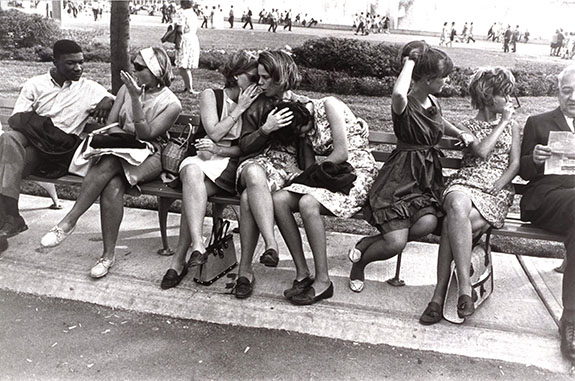 |
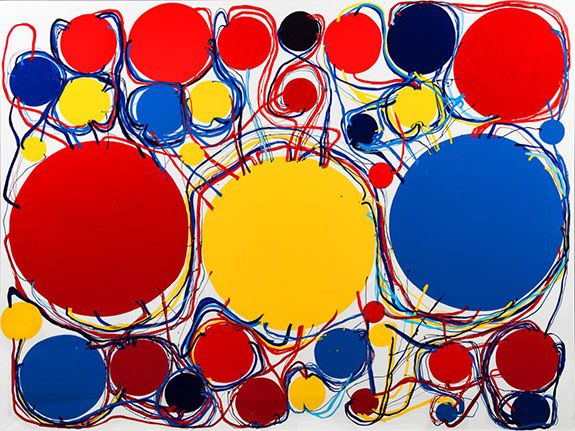 |
Gutai @ SFAI’s Walter & McBean Galleries. In 1954 a salad oil magnate and self-educated painter/theorist named Jiro Yoshihara issued a challenge to Japanese artists. “Do what has never been done before!” Sixteen Osaka-area artists, hand-picked by Yoshihara, united under the banner of the Gutai Art Association just that. Their activities turned out to be revolutionary. Kazuo Shiraga, in a frontal attack on painting, used his feet to slather pigment across paper and canvas. Shozo Shimamoto made pictures by hurling paint-filled bottles at canvases. Atsuko Tanaka famously donned the Electric Dress, a garment made of colored light bulbs. Others wrapped landscapes in fabric and collaborated on dadaist-influenced interactive performances. This exhibition, curated by John Held, Jr. and Andrew McClintock, couldn’t have matched a concurrent show at the Guggenheim for size and breadth. No matter. Strong works from the major figures, supported by period documents and solid research, gave viewers a real taste of what Gutai was all about – and, a clear intimation of its influence on contemporary practices.
.jpg) |
Kara Walker: Emancipating the Past @ Crocker Art Museum. Since she arrived on the scene in the mid-'90s, Walker has repeatedly demonstrated the processes by which we internalize racial stereotypes and the corrosive effect they have. Using fictional (yet true-to-life) visions of the antebellum South executed on paper at a large scale and a single devastating video, Walker, in this stunning exhibition, does more of the same. Through January 5.
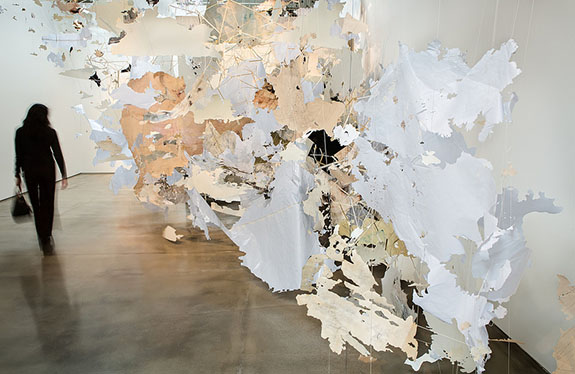 |
Val Britton Intimate Immensity @ SJICA. Imagine unmooring the globe’s landmasses and suspending themin midair from strings like a cosmic puppeteer. That, essentially, is what Val Britton did in The Continental Interior, a room-sized installation in which the collagist pushed her estimable 2-D visions of terrestrial reality into three-dimensional space. For Britton, whose largest collages run to 10 feet square and can sometimes strain the bounds of what can be displayed on a wall, this felt like both a breakout move and a logical extension of what she’s been doing since the start of her career, which, of late, has expanded. She was commissioned to make public works at the SF International Airport and at Facebook’s headquarters and was awarded a residency at Beamis Center for Contemporary Arts. There, she’ll create what will be her largest installation to date, scheduled for exhibition in June at Gallery Wendy Norris where it will occupy the entire space.
 |
physical evidence on the ground, Maisel makes photographs of the Earth from airplanes, and the geochemical haloes he commits to film – residue of the industrial processes that fuel the human market economy – yield a strange, beguiling kind of forensic evidence. That evidence, assembled in this show and in a stunning career-spanning book, Black Maps: American Landscape and the Apocalyptic Sublime, forms a kind of planetary autopsy, a portrait of mankind’s ravenous appetites and their consequences. Unlike his closest counterpart, Edward Burtynsky, Maisel doesn’t use his art to tar and feather the perpetrators; as he pointed out in interview at the gallery, if you drive a car, fly in an airplane, or live anyplace that’s not entirely off-the-grid, you, too, are complicit in the destruction his photos criticize.
.jpg) |
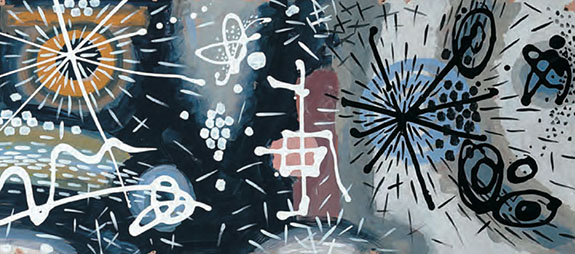 |
.jpg) |
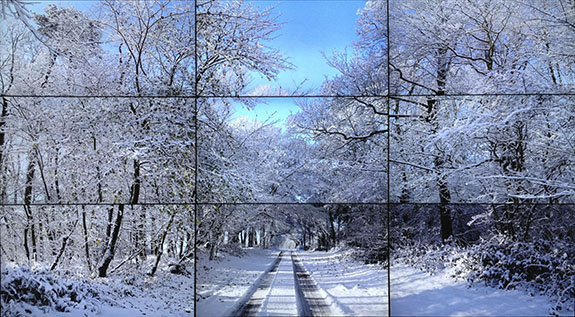 |
(1).jpg) |
.jpg) |
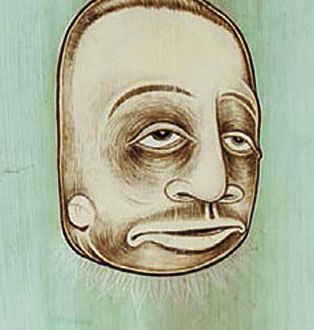 |
.jpg) |
finely modulated moral arguments designed to change how we think. Such was the case with Water, a three-continent, four-year odyssey that took him to nine countries — yielding what may be his most poetic body of work to date, work the artist likens to that of his favorite painters: Casper David Friedrich, Jean Dubuffet, David Shapiro and Richard Diebenkorn. Departing from his terrestrial viewpoint, he shot this series entirely from the air, using planes, helicopters and various mechanical devices to capture bird’s-eye views of farms, subdivisions, dams, deltas and polar icecaps. The result is compelling and nuanced story about how we are depleting the one resource we absolutely cannot do without.
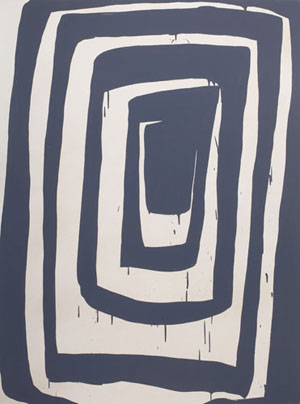 |
by unfamiliar forces. Feldman’s main gambit is subverting the rectilinear conventions of painted, pictorial space. She builds her forms with wavy lines that sit at odd angles to the edges of the paintings, which, in turn, set up an uneasy dialog between positive and negative space and between the shapes that appear at the outer edges. Works that immediately caught my eye were In or Outer, Ohm Home and Squared Up. The first features interlocking rectangles that recede into the picture plane; the second has a trio of stalagmites/stalactites interacting with a pair of warped parallelograms. The third combines a frenzy of circular gestures in a juicy, pulsating mass. Descriptions of this sort don’t do justice to these pictures' dislocating physical impact. They are to painting what Harold Lloyd is to physical comedy: exemplars of the well-executed pratfall, tempting fate, but landing on one's feet.
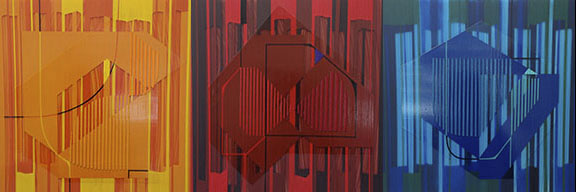 |
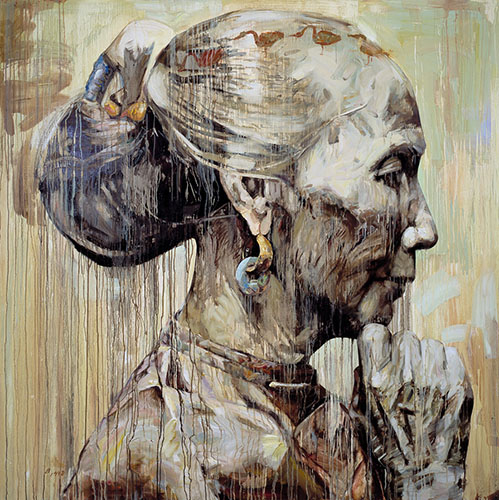 |
many, a masterful installation artist, evidenced by several dramatic and moving pieces at Mills. The focus, overall, was on her iconic drip-stained paintings; they describe the toll exacted by some of the momentous events in recent Chinese history, all of which the artist witnessed. But she also extended her gaze further back in time, to the prior century. Working from vintage photographs, she rehabilitated China’s dispossessed (peasants, prostitutes, orphans, laborers, prisoners), transforming the Socialist Realism she learned as a “daughter of the revolution” into her own brand of social realism using an array of modernist techniques to give voice and visceral presence to mostly female subjects. Working from photos, her painting process is analogous to the photochemical act of “fixing” an image in the darkroom from which pictures seemingly emerge out of nowhere. Liu performs a kind of psychic translation of that act, supplementing it with lived experience and an extraordinary level of empathy, a working method that enables her to, almost literally, summon ghosts.
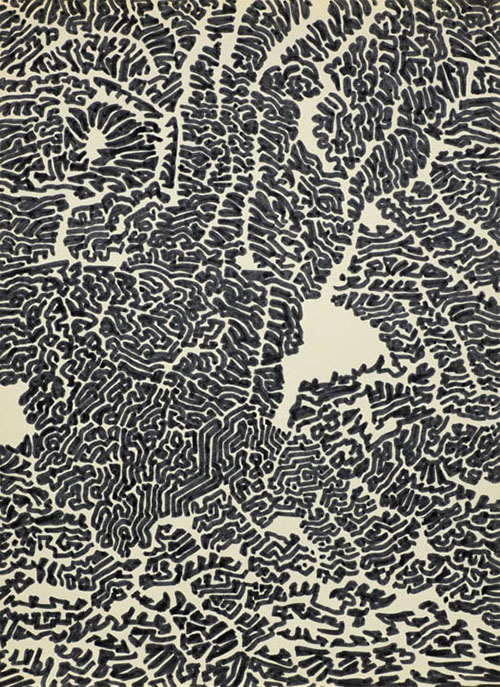 |
Sight Vision: The Beat Era @ Paule Anglim. If this show, the sixth in a series, appears less than cohesive, that is because of the fierce individuality of the artists involved: Jay De Feo, Bruce Conner, Wallace Berman, Joan Brown, Jess, George Herms and Marjorie Cameron. Rejecting the stifling formalism that held sway in New York, these Bay Area artists committed themselves to doing things their way, privileging nature over culture with an art that had no signature style other than what the individual artists forged for themselves. Dada, Surrealism, Existentialism, Eastern religion, occult practices, hallucinogenic drugs, visionary art and jazz were their shared interests. But the expression of those interests took myriad forms, shifting constantly with little concern about financial consequences because in the late 1950s and early 1960s there were none; the market for their work didn’t exist until dealers like Paule Anglim stepped in to create it.
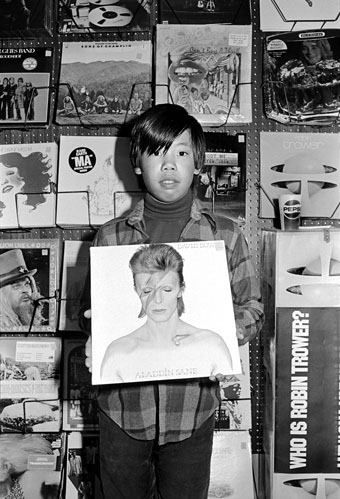 |
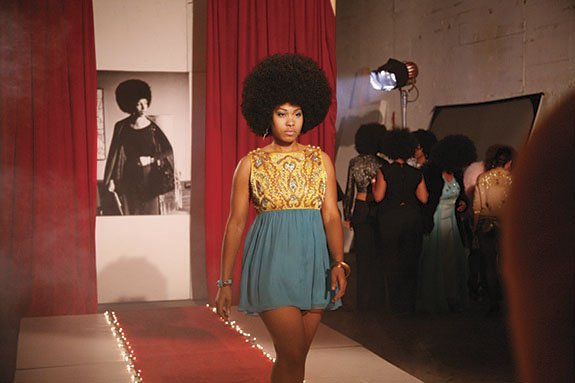 |
 |
tough characters and tough places: prisoners, mental hospitals, and, in her most recent series, House of the Strange Women, on male and female prostitutes, painted from SFPD photos taken in the ‘20s and ’30s that she discovered in a book of the same title in a public library. Her works, all on paper, do for painting what Dashiell Hammett did for detective fiction. They bring hard-boiled characters to life without judgment and at a scale that borders on cinematic.
 |
Ian Harvey/Koo Kyung Sook @ JayJay. They collaborate by combining hundreds (and sometimes thousands) of business-card sized pictures into collages, ranging in size from modest to monumental. Onto each unit they pour enamel, polyurethane, shellac, pigment and metallic paint and allow the ingredients to combine freely, oftentimes with graphite, creating a textural tug-o-war between grit and gloss. At close range these mixtures resemble microscopic snapshots of cellular activity, their strong colors and dueling viscosities forming an approximation of biological activity. Macro views of full-scale composites show bodies and faces that appear to have survived a fiery holocaust. Twisted and disfigured they exhibit a fierce, life-affirming energy as if immortalized in congealed magma. By using primordial forms as the building blocks of these abstract/figurative works, the artists communicate the power of cataclysmic events and the temporal nature of all living things.
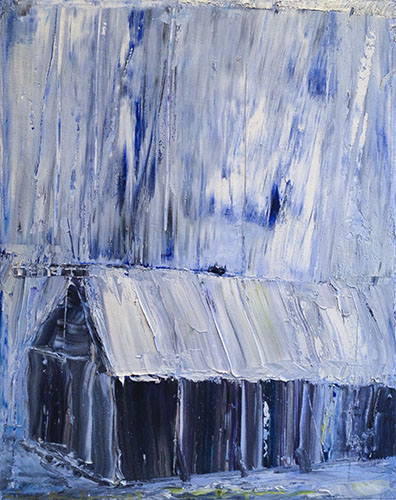 |
Mike Henderson & Friends @ b. sakata garo. This exhibition was about three friends: Mike Henderson, William T. Wiley and Robert Nelson. Friends who met “at a creative time in art and life” when “everything seemed possible…and was.” The words are Wiley’s, and they refer to era in Bay Area art, between the late 1950s and the mid-1970s, when collaboration flourished and when boundaries between poetry, film, music, performance and the visual arts were memorably dissolved. With historic underground films, seldom-seen paintings and sculpture by Nelson and current works by Wiley and Henderson, this show embodied the energy and spirit of that era.
Like what you read on Squarecylinder? There's a way to show your support. Donate!

Great post David. I saw most of these shows and I agree! These were wonderful shows.